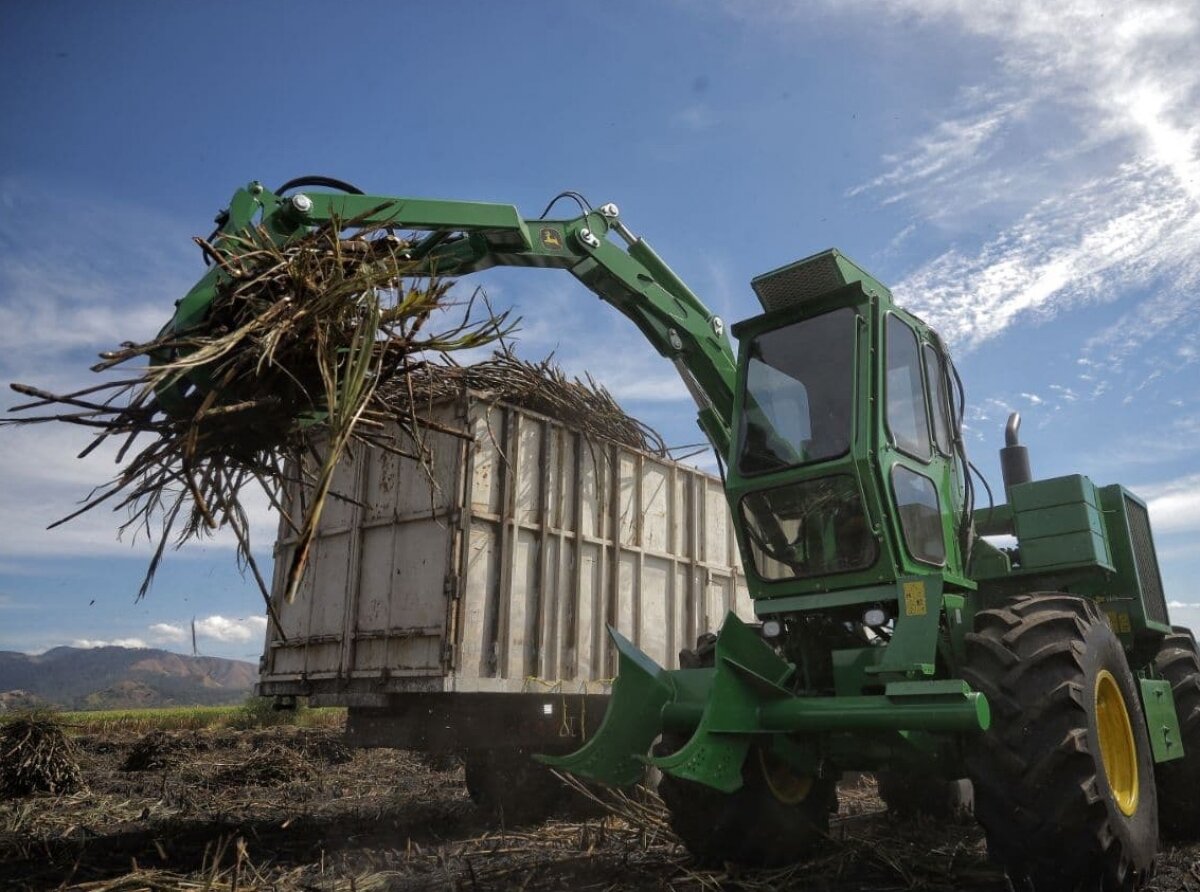With modernization, SADER Jalisco together with local producers promote sustainability and efficiency.
The incentives channeled to the organizations of sugarcane growers from Jalisco have in common the focus of supporting the sustainable use of sugarcane, both in irrigated areas and in rainfed areas, as expressed by Salvador Álvarez García, head of the Jalisco Ministry of Agriculture and Rural Development (SADER.)
He highlighted that to the 10 million pesos contributed by SADER Jalisco in this program, the sugarcane growers added 35.5 million pesos, so the investment in this scheme exceeded 45 million pesos, which shows the interest of the producers in this sector to advance in sustainable development.
When commenting on the progress of the State Program for the Mechanization of Sugarcane Cultivation 2021, he noted that in this year's aspect, by supporting those who cut with the harvesting machines, now there is an impact on other actions, such as support for agricultural areas where mechanized cutting is not carried out, and also on facilitating the use of the plant matter derived from green harvesting.
Given the proximity of the start of the 2021-2022 cane harvest, he expressed that there is a scenario of more optimism in relation to the previous period, given that the behavior of the storm predicts greater production in the plots that still do not have access to irrigation.
For his part, the coordinator of Agricultural Development and Crop Reconversion, Gerardo Medina Chávez, explained that there is already substantial progress in solving administrative procedures, so that sugarcane organizations fulfill their objective in acquiring the equipment they decided on, such as collators, trailers, and shredders.
He stressed that with the supported machines there is the possibility of giving priority to the conservation of the soils, with the reduction of agricultural burns and the use of biomass residues from the sugarcane, in addition to facing the problems of increasing shortage of cutters in the face of competition with other agricultural crops.
The 2021 Sugar Cane Cultivation Mechanization Program scheme involves the application of 13 projects by organizations from the six mills of Jalisco: Tala, Ameca, Autlán, Bellavista, Casimiro Castillo and Tamazula.
Jalisco is the second largest sugarcane producer in the country, only surpassed by Veracruz. The sugar agribusiness has great economic importance in rural Jalisco. In the 2020 harvest, the Jalisco sugar agribusiness produced 733,000 tons of sugar.

